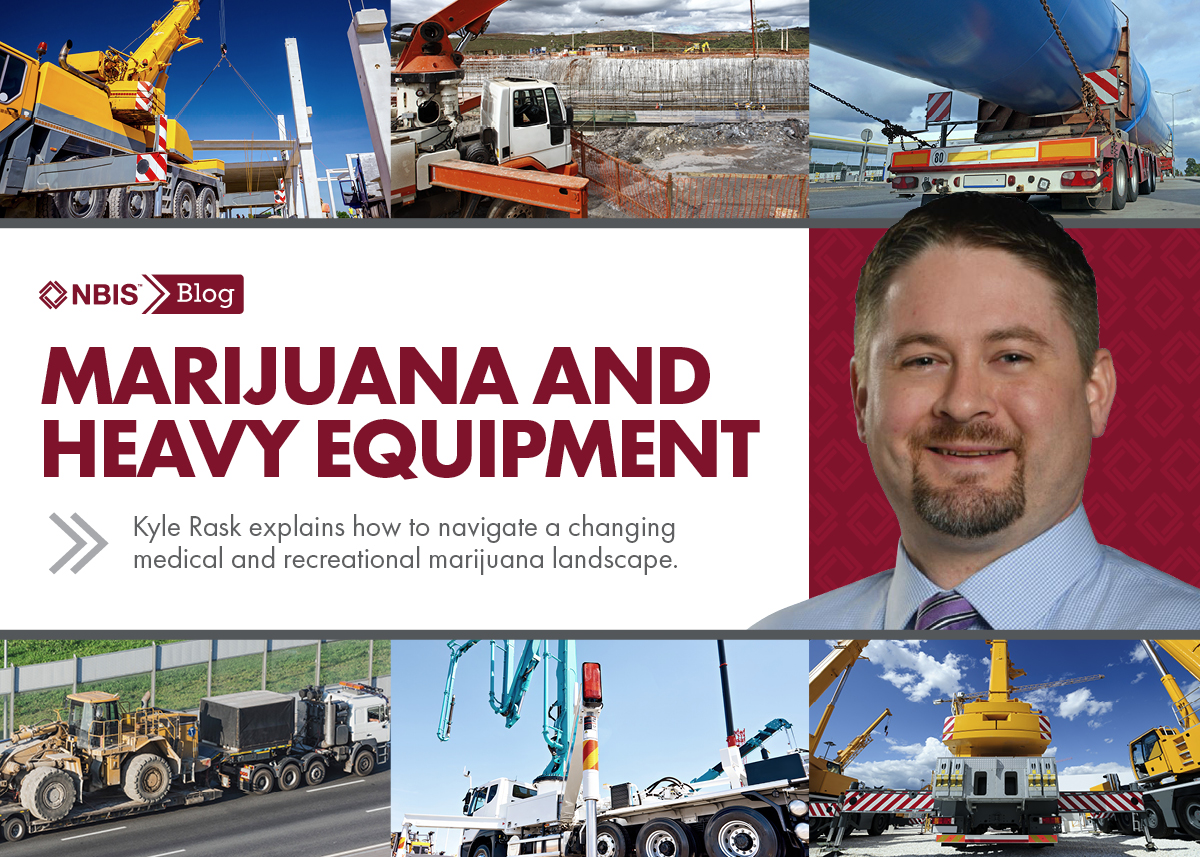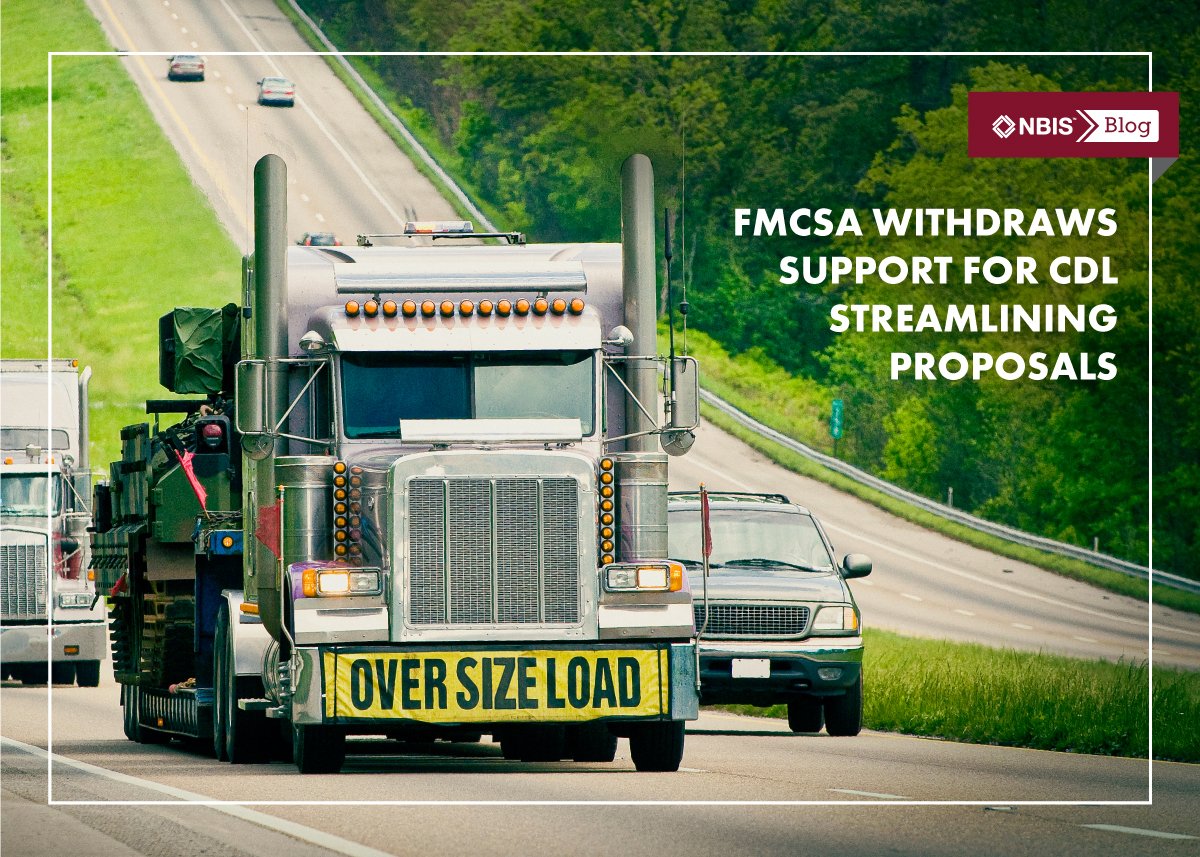The Federal Motor Carriers Safety Administration (FMCSA) wants to revisit a proposal to add speed limiters to newly built heavy trucks. The original proposal was filed with the joint support of National Highway Traffic Safety Administration (NHTSA) in 2016, but eventually stalled before a decision could be made. This latest rulemaking change is being pursued by the FMCSA on its own.
The proposal is currently in a public comment phase, where interested parties can weigh in on the proposed rule change, and comments have been steadily pouring in. The proposal was published in the national register on May 3rd, 2022, and by May 9th, the proposal had already received over 5,000 comments from truckers and industry safety groups. A large majority of those comments were opposed to the idea of speed limiters.
While a maximum top speed was not directly discussed in the latest proposal, the 2016 proposal sought comments on 60, 65, and 68 MPH. It’s safe to say that the FMCSA is looking for something in the same range with this rulemaking change.
The original 2016 proposed vehicles weighing more than 26,000 pounds be equipped with a speed limiting device set to a maximum speed to be specified in a final rule. The updated proposal mirrors those requirements for vehicle weight and requires that an engine’s electronic control unit (ECU) maintain a speed setting established by the rule for the service life of the vehicle.
The industry is split on the topic of speed limiters. The American Trucking Associations (ATA), for example, supports the proposal. ATA President Chris Spear recently stated, “We look forward to working with the [FMCSA] to shape a final rule that is consistent with our policy supporting the use of speed limiters in conjunction with numerous other safety technologies.”
On the other hand, organizations like the Owner-Operator Independent Drivers Association (OOIDA) are opposed to speed limiters. “Studies and research have already proven what we were all taught long ago in driver’s ed classes, that traffic is safest when vehicles all travel at the same relative speed,” said OOIDA President Todd Spencer. “Limiting trucks to speeds below the flow of traffic increases interactions between vehicles which can lead to more crashes.”
While this proposal goes through a fresh round of debate, now is a good time to revisit your company’s policies on driving training and safety. At NBIS, we are proponents of using technology to bolster safety initiatives, such as installing dash cams on trucks or using telematics to manage fleets. However, no amount of tech can replace a strong safety culture.
We’ll keep you updated on this latest FMCSA proposal as it progresses past the public comment phase.







